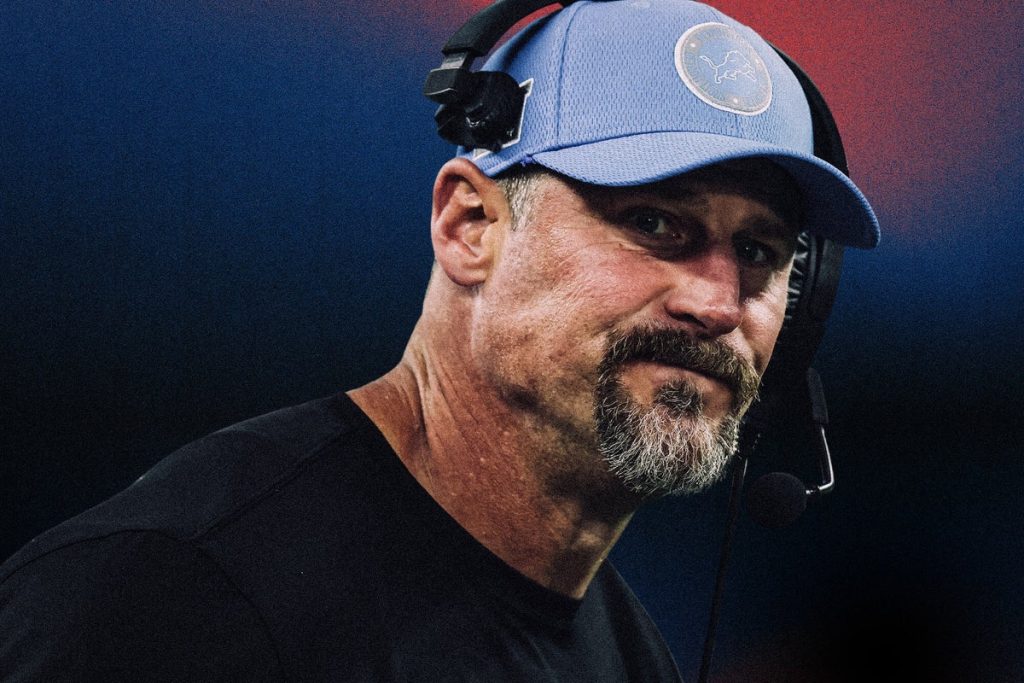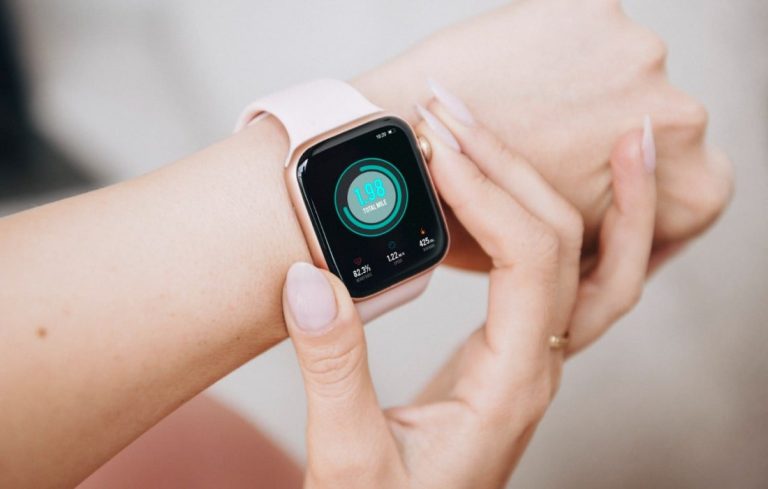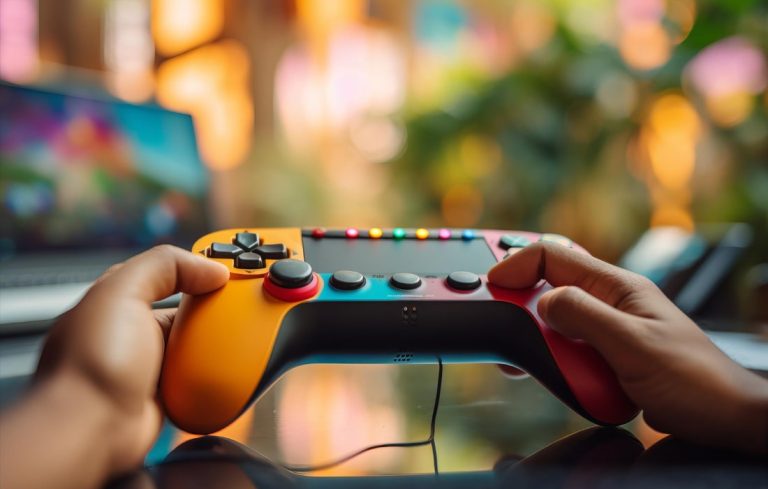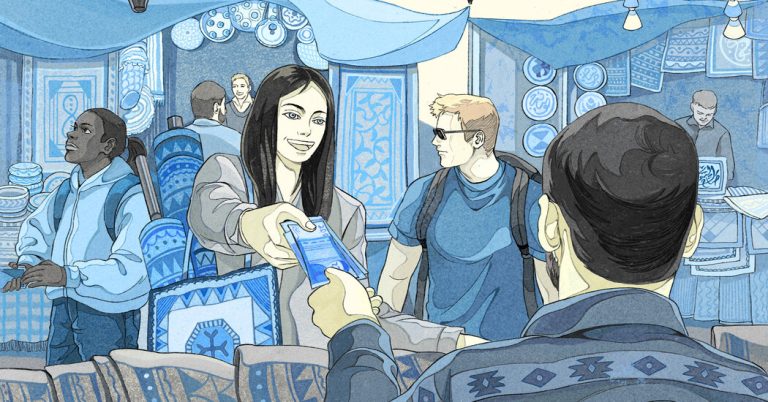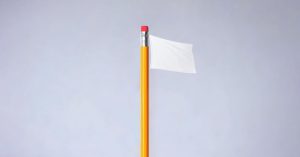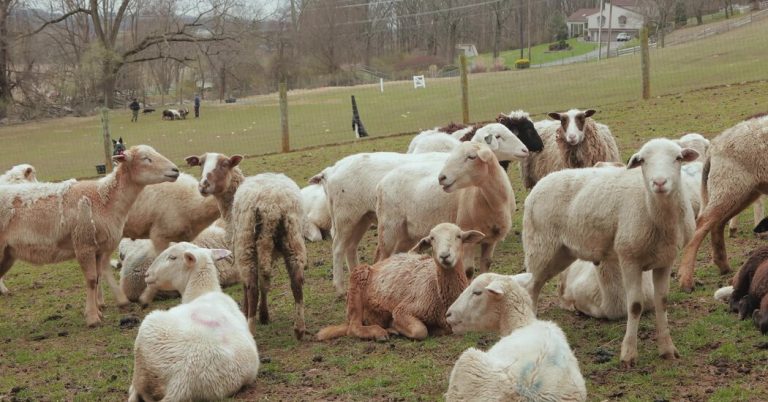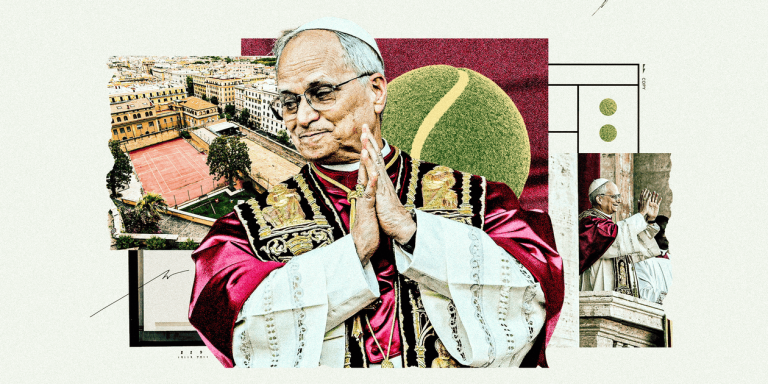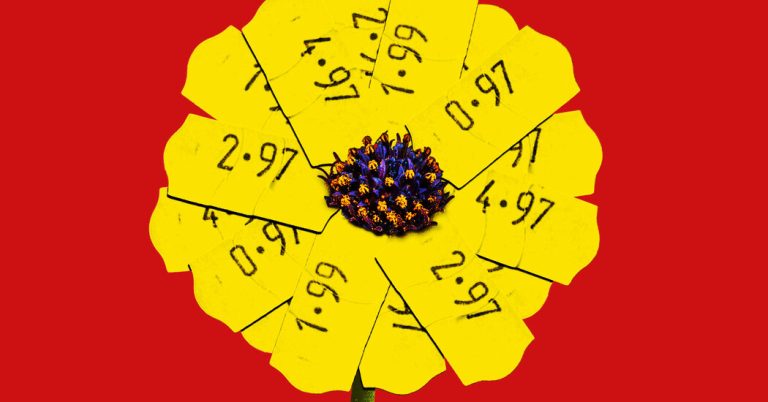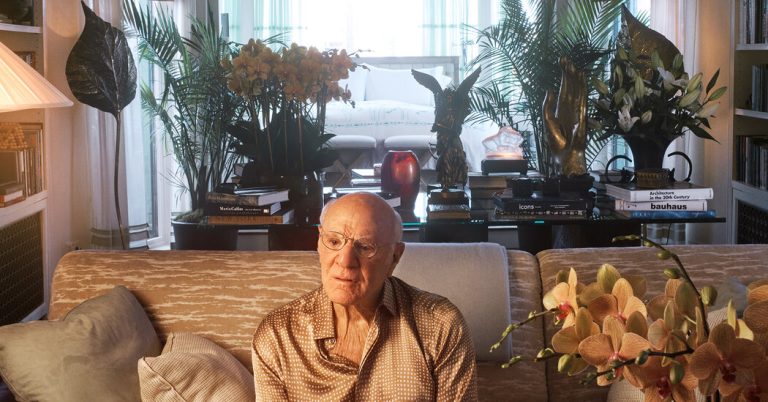Editor’s note: This story is part of Peak, The Athletic’s new desk covering leadership, personal development and success through the lens of sports. Peak aims to connect readers to ideas they can implement in their personal and professional lives. Follow Peak here.
It was just past 11:20 a.m. on a Monday in New York City when the caffeine began to take hold. My head buzzed. My stomach sloshed. I had felt so confident just a couple of hours earlier. Now I felt defeated.
I was no Dan Campbell.
This story had started five days earlier when my editor reached out with a “fun” idea: Do you want to try to drink coffee like Detroit Lions coach Dan Campbell for a day?
I was familiar with Campbell’s order, which went viral in 2022 and was later documented by The Athletic’s Dan Pompei in a terrific profile: Two 20-ounce Pike Place medium roast coffees with two shots of espresso in each one.
The colloquial term for the drink is a “black eye.” But I had one concern.
“Haha,” I wrote back. “I might die.”
Technically, it was service journalism. Perfect for Peak, our new vertical covering leadership and personal development. We had already tried more serious routines from Olympic legend Michael Phelps and MLB shortstop Bobby Witt Jr. and learned something in the process. People also take coffee very seriously. And consuming an insane amount of caffeine because Campbell does it every morning seemed as good a reason as any to learn about the relationship between caffeine and performance.
Plus, Campbell is one of the NFL’s most distinct leaders, and I had written about his locker room speeches.
It was 8:12 a.m. when I walked to my neighborhood Starbucks. I had spent the previous 10 minutes considering how to ask for two venti “black eyes.”
Did I need to preface my order? Explain it? I felt like Nathan Fielder rehearsing it in my head.
Uhh, yeah, this is going to be a strange order, but …
Don’t worry, this is NOT an order for one person …
Instead, I went right into it. The woman behind the counter didn’t blink.
About three minutes later, the barista delivered the dueling ventis, complete with a friendly message on each one that could also be read as a taunt, considering I was about to consume 1,420 milligrams of caffeine:
“Enjoy!!”
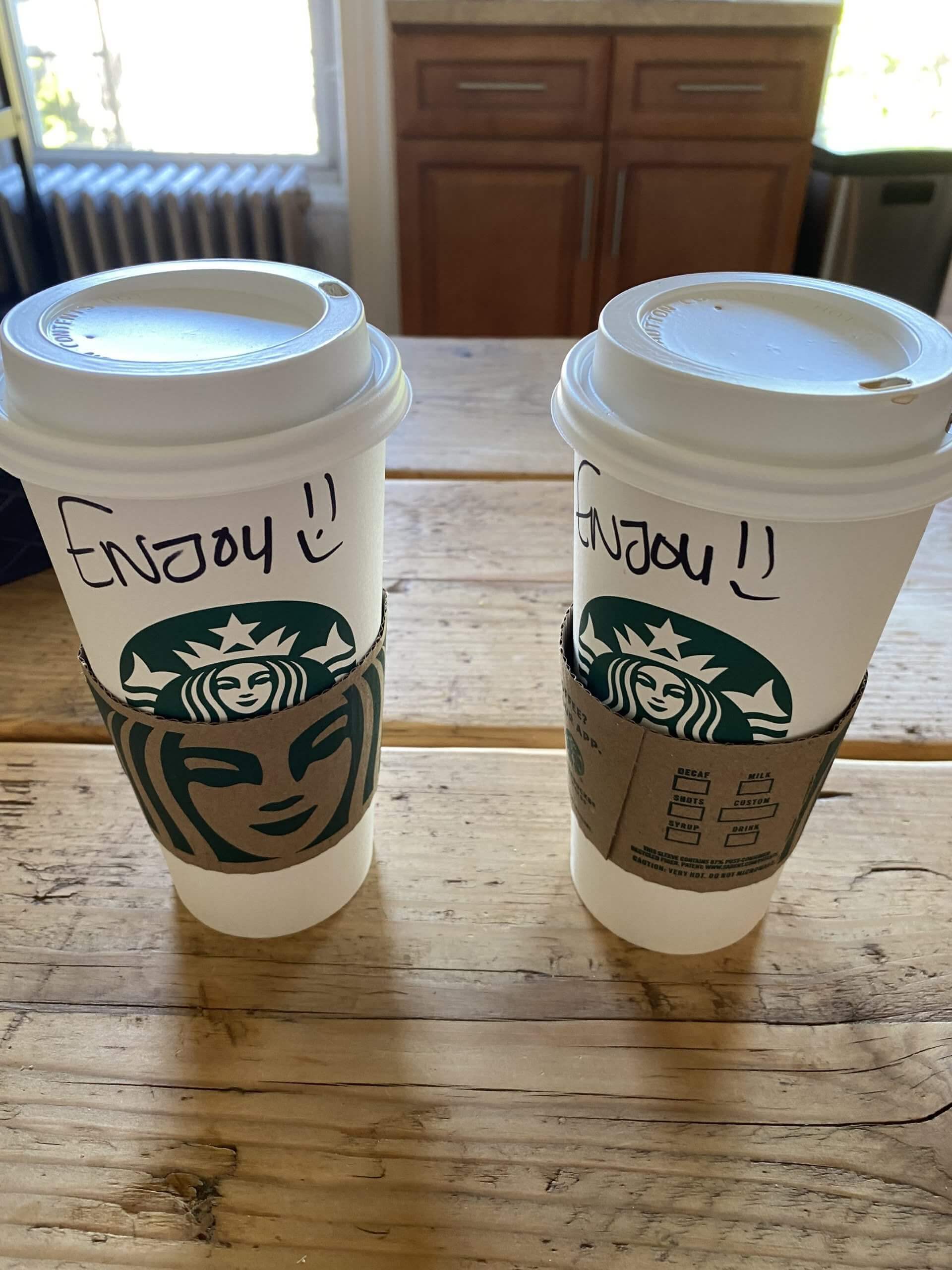
By 8:30 a.m., I was back home.
I sat down, popped open my laptop and got to work. The first 16 ounces went down quickly. I should note here that I drink coffee every day. My standard order, depending on the place, is a plain 12-ounce latte with a little simple syrup. If I can get through the rest of the day without any more coffee, that’s a win. (Narrator: I usually don’t.) I had never tackled 40 ounces of coffee, let alone 40 ounces with an additional four shots of espresso. But I was feeling cocky. Invincible.
At 9:10 a.m., I texted my editor.
I thought I was going to have a real problem with this Campbell order. But I’ll be done with the first cup in about 10 minutes.
Some important context before we go any farther: Campbell is 6 feet 5 and a former NFL tight end. I, on the other hand, am 5 feet 10 and a former high school shooting guard.
As I drank, I pulled up a piece of research, published in 2023 in the Journal of the International Society of Sports Nutrition. It was a paper on coffee and sports performance.
The research shows that caffeine comes with ergonomic performance benefits for athletes. Coffee is often the healthiest choice, offering antioxidants and less sugar.
By 9:45 a.m., I had finished the first 20 ounces and started on the second. I had a series of jumbled thoughts:
- I should drink some water.
- My stomach was full of coffee.
- Oh no, I just sent my editor seven straight texts about what happened around baseball this weekend (Editor’s note: He had lots of thoughts about the Kansas City Royals).
I tried to read an article on my computer about the NCAA’s regulations on caffeine for athletes, but my brain did not fully cooperate. By 10:22 a.m., the wall had arrived.
“My concentration,” I texted my editor, “is starting to go.”
The NCAA is among the only current sports bodies that have limits on caffeine intake. Athletes can not have a “urinary caffeine concentration” exceeding 15 micrograms per milliliter, which is roughly the equivalent of six to eight cups of coffee in the two or three hours before competition. According to most experts, it’s incredibly rare for an athlete to consume that much caffeine and receive punishment.
Alas, here I was. And I still had 16 ounces to drink and a job to do.
For some reason, I had scheduled an interview at 12:30 p.m. with Sara Campbell, an associate professor of kinesiology and health at Rutgers University who teaches courses on sports nutrition. While my head buzzed, she explained the basic reason caffeine is useful for athletes.
Not only does the caffeine give you a boost and make you feel excited, but it can also aid your workouts.
“It might actually reduce people’s perception of effort and, potentially, pain,” she said.
Sara Campbell told me that when it comes to the scientific literature on performance, she often tells her students there are the “two Cs:” caffeine and creatine.
But coffee and caffeine are not the same thing, and there has been less specific research on coffee and performance. Coffee, as the research paper said, “is a complex matrix of hundreds of compounds.” For many Americans who don’t consume enough fruits and vegetables, it’s a useful source of antioxidants. It’s also low in calories.
When you consume caffeine, it blocks adenosine receptors in the brain, which produces a cascade effect. Adenosine is the neurotransmitter that promotes sleep. By blocking it, we increase dopamine production, which boosts our mood and focus.
It’s why it’s useful for NBA players like coffee aficionado Jimmy Butler, who is looking for a caffeine boost. For baseball players, who play 162 games, most of them at night, it’s become part of the daily ritual.
The Athletic’s Matt Gelb revealed that Philadelphia Phillies reliever José Alvarado drinks six shots of espresso per day (and then turns to drip coffee). Dave Jauss, a longtime MLB bench coach, used to drink between 10 to 12 cups of black coffee per day. Phillies star Bryce Harper spent the offseason perfecting his homemade vanilla latte. And Detroit Tigers reliever Tommy Kahnle drinks two or three cups, plus three or four energy drinks.
For the best athletic benefit, most nutritionists recommend the equivalent of one to two cups of coffee about an hour or 90 minutes before training or a game.
“It’s the difference between turning off the lights and getting sleep and turning on the lights to wake you up,” Campbell, the professor, told me. “It’s kind of the most basic way to think about it.”
The problem was: I was having a hard time thinking about anything.
It was almost time for lunch, and I had two problems: The caffeine buzz had left my body craving food to balance things out. And I still had six ounces of coffee to drink.
Demoralized, I felt a little like Jerry when he started living in Kramer’s apartment in the “The Chicken Roaster” episode of “Seinfeld.”
I was also trying to adhere to Campbell’s method, which meant drinking the coffee and espresso black. In some ways, that felt more challenging than putting down 40 ounces in one morning.
When I covered the Kansas City Royals a decade ago, manager Ned Yost used to chastise me about putting milk and sugar in my coffee. The people who did that, he said, just didn’t like coffee. I can’t say he was wrong, necessarily. But I’m not drinking coffee for the taste.
I looked at the six ounces I had left. Hmm. Did I just have enough coffee to ban myself from college sports?
I kept sipping for the next hour. The old college try, I thought. But there was no way I was going to finish. I didn’t want to finish. I couldn’t finish.
Eventually, the buzz subsided. With my brain clear, I started to write about my experience and what I’d learned, but I already knew the ending:
There’s a reason there’s only one Dan Campbell.
Rustin Dodd is a senior writer for Peak, The Athletic’s new desk covering leadership, personal development and success. He last wrote about leadership lessons from Gregg Popovich. Follow Peak here.
(Illustration: Eamonn Dalton / The Athletic; Ron Jenkins / Getty Images)
